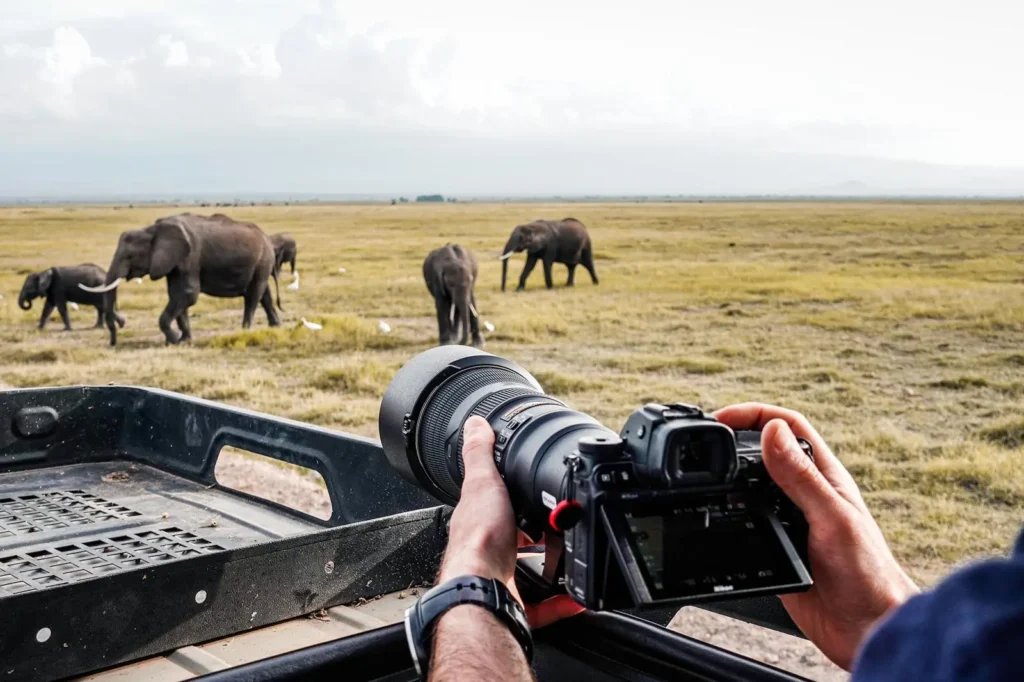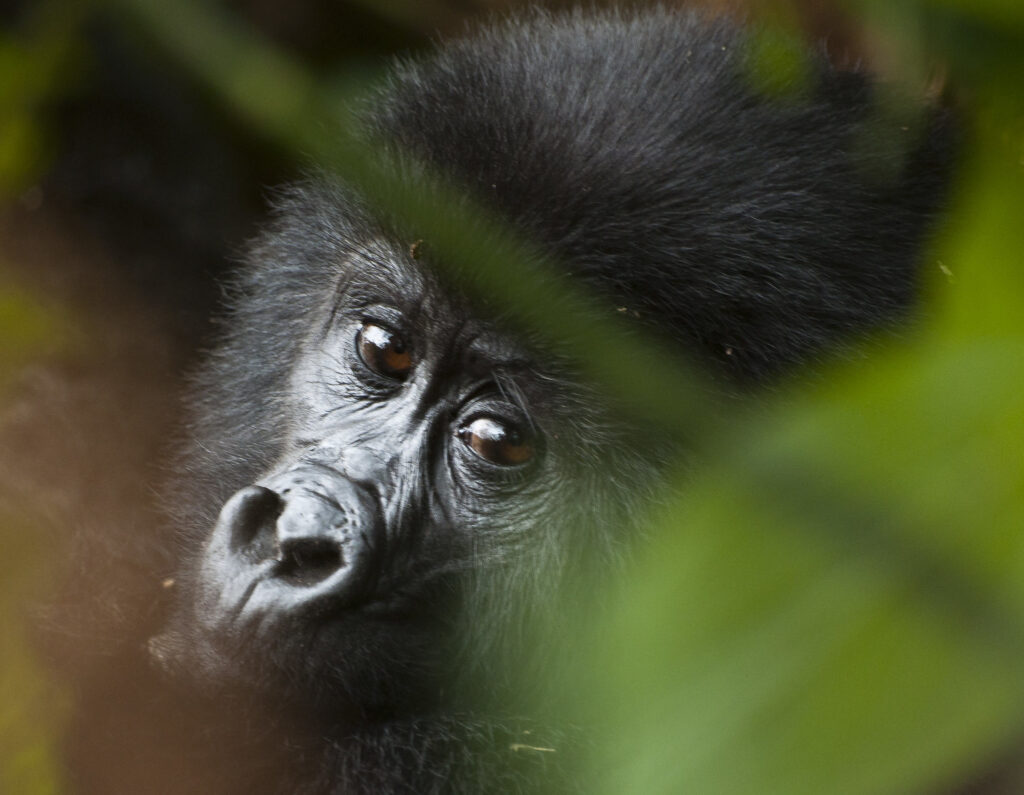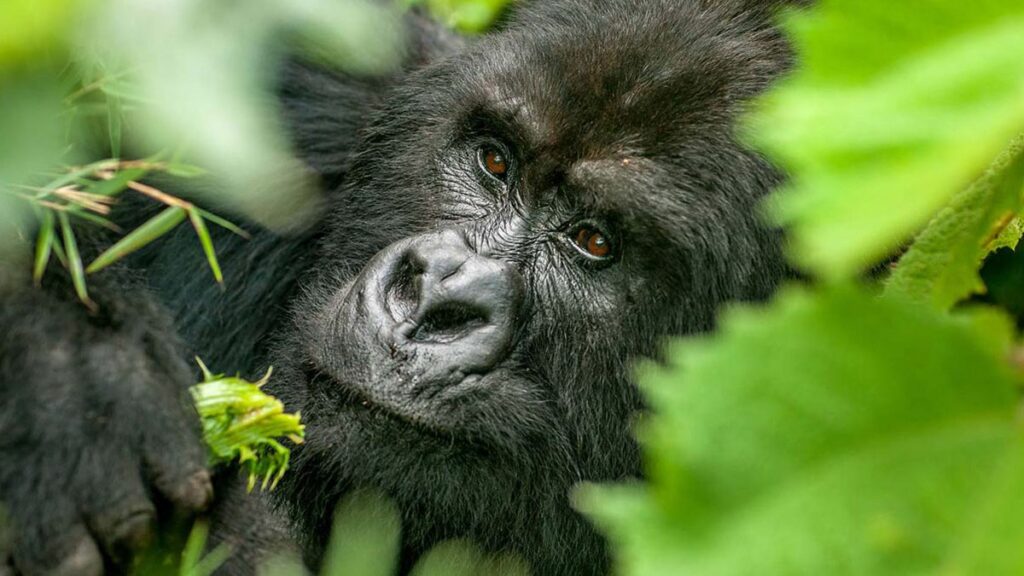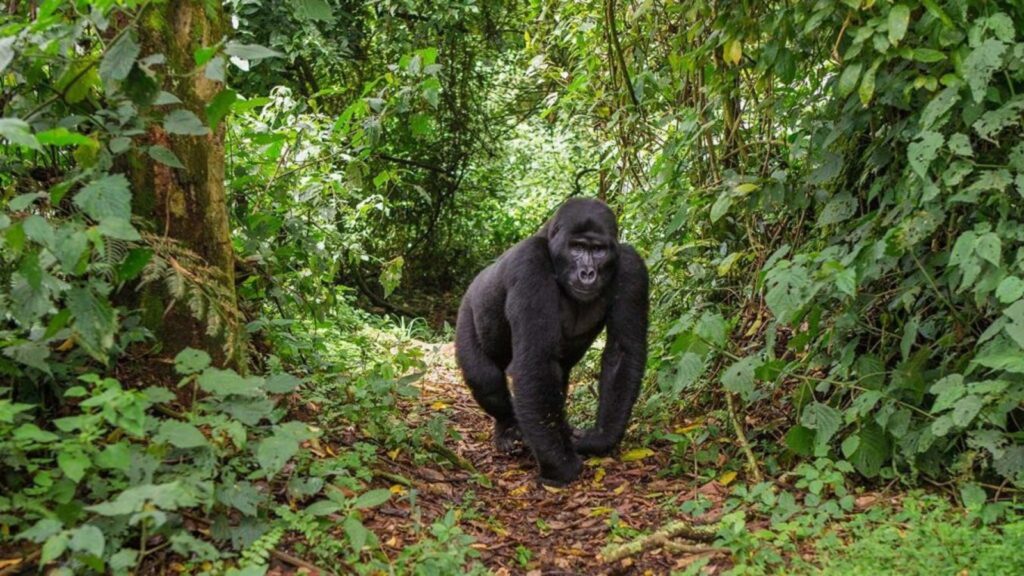15 African Safari Photography Tips—Capture the Wild Like a Pro
An African safari offers once-in-a-lifetime encounters—lions on the hunt, elephants bathing, and sunsets over the savannah. But capturing those moments isn’t as simple as pointing your camera and clicking. Harsh light, unpredictable wildlife, and moving vehicles make safari photography challenging.
Whether you’re a first-time traveler or a seasoned shutterbug, these 15 African safari photography tips will help you come home with breathtaking images that tell the story of your adventure.

-
Know Your Gear Before You Go
Learn your camera’s settings inside out before you land in Africa. Practice switching between modes, adjusting shutter speed, and focusing quickly. Safari moments happen fast — you don’t want to miss them because you’re fumbling with buttons.
-
Use the Right Lens
A telephoto zoom lens (200–400mm) is ideal for wildlife photography, allowing you to capture close-up details without disturbing the animals. Bring a wide-angle lens too, for landscapes and dramatic skies.
-
Shoot in RAW
RAW files capture more detail and allow better editing flexibility later. This is especially important for adjusting exposure and colors in harsh lighting conditions.
-
Prioritize Shutter Speed
Wildlife moves quickly. Use a fast shutter speed (1/1000 or higher) to freeze motion. For slower animals, you can go lower, but be ready to adjust instantly.
-
Master Depth of Field
Use a wide aperture (f/2.8–f/5.6) to isolate your subject and blur the background. This draws attention to the animal and makes your images look more professional.
-
Respect the Light
The best safari photography happens during the golden hours — early morning and late afternoon. Avoid harsh midday light when possible, or use it creatively for silhouettes and high-contrast shots.
-
Anticipate the Action
Don’t just react — observe animal behavior. If a lion crouches, it may pounce. If an elephant flaps its ears, it could charge. Being ready increases your chance of catching the perfect moment.
-
Keep Your Camera Ready
Always keep your camera turned on with settings dialed in. Wildlife encounters are often sudden and brief.
-
Use a Bean Bag for Stability
Tripods aren’t practical in safari vehicles, but a bean bag can stabilize your camera on the window frame for sharp shots.
-
Mind the Background
A cluttered or bright background can distract from your subject. Adjust your position to ensure a clean, simple backdrop when possible.
-
Capture Behavior, Not Just Portraits
Photos of animals simply standing are nice, but images showing interaction — lions grooming, giraffes necking, elephants playing — tell richer stories.
-
Take Advantage of Burst Mode
Continuous shooting mode increases your chance of getting the perfect frame during action scenes like running cheetahs or hunting wild dogs.
-
Protect Your Gear from Dust
Safaris can be dusty, especially in dry season. Use a rain/dust cover, change lenses minimally, and keep cleaning cloths handy.
-
Include People and Scale
Sometimes include your guide, vehicle, or other travelers in the shot. This adds a sense of scale and human connection to your images.
-
Be Ethical
Never pressure your driver to get dangerously close, never bait animals, and avoid flash that could disturb wildlife. Ethical photography ensures your presence has minimal impact.
Conclusion
Safari photography is about patience, preparation, and respect. By combining technical skill with an understanding of animal behavior, you’ll capture not only great pictures but also meaningful memories.
Whether it’s the glint in a leopard’s eye or the vastness of the Serengeti plains, your photos will tell the story of Africa’s wild beauty for years to come.




